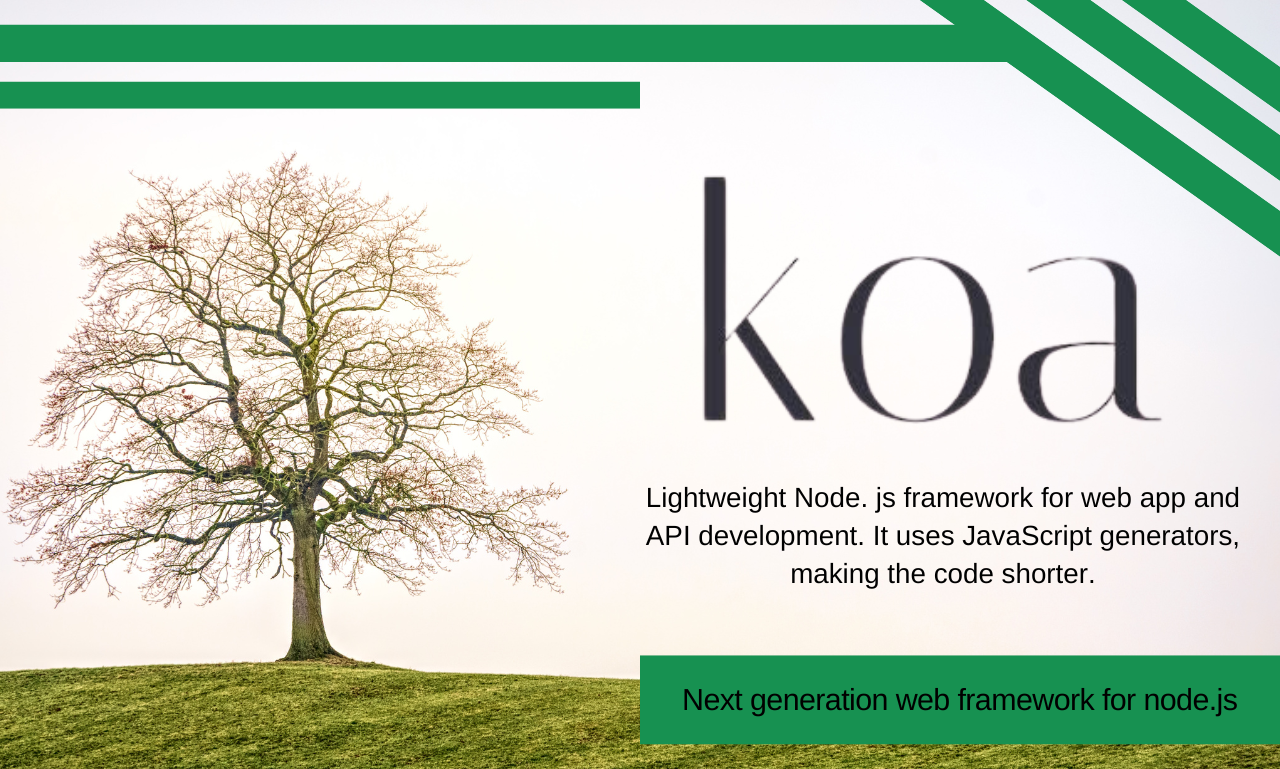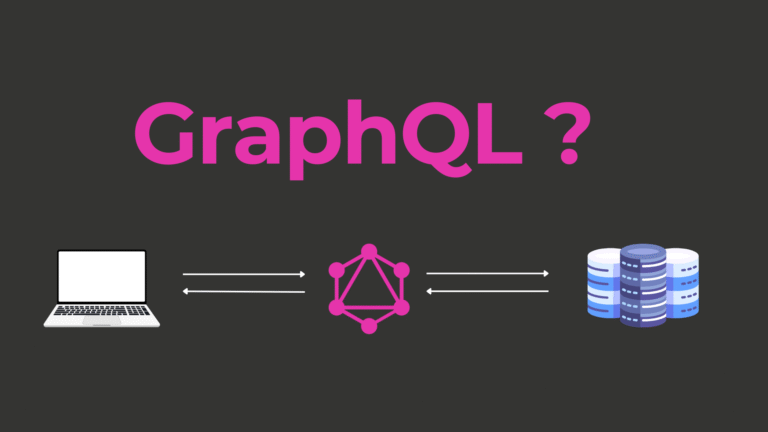Mastering Koa.js: A Versatile Framework for Modern Web Development

Web developers and Node.js enthusiasts are always on the lookout for tools that boost efficiency and improve performance. Within the Node.js ecosystem, Koa.js has emerged as a streamlined and modern framework, designed to simplify application development. With its minimalist and modular philosophy, Koa.js is redefining how developers build web applications.
This blog will introduce you to Koa.js, outline its benefits, explore real-world implementations, and cover best practices. Whether you’re a startup experimenting with new frameworks or a seasoned developer seeking light yet powerful tools, Koa.js has plenty to offer.
What is Koa.js and Why Is It Important?
Koa.js, developed by the team behind Express, is a lightweight Node.js framework created to provide a better and more elegant development experience. The framework was built to be smaller and more expressive than its predecessor, allowing developers to work with middleware in a more modular way.
Unlike convention-heavy frameworks, Koa.js avoids bloating the core with unnecessary components. Its design philosophy focuses on enabling developers with tools to handle requests, middleware, and routes without added complexity.
Key Features of Koa.js:
- Minimalistic Core: Comes without built-in middleware, providing full control over the stack.
- Modern JavaScript: Leverages ES6 and ES8 features like async/await for better readability and performance.
- Improved Error Handling: Centralized and efficient error-catching mechanisms compared to older frameworks.
- Modular by Design: Promotes cleaner architecture and encourages developers to include only necessary dependencies.
Benefits of Koa.js in Web Development
Koa.js is widely appreciated for solving pain points that developers often encounter with more conventional frameworks. Here’s why it stands out in web development projects:
1. Streamlined Middleware Management
Unlike Express.js, which relies on middleware chains, Koa.js promotes composable functions. Middleware in Koa.js is executed in a stack-like manner, where both upstream and downstream processing is clean and efficient.
2. Enhanced Error Handling
Koa’s built-in error-handling mechanism simplifies debugging and ensures smoother user experiences. With a centralized error middleware, handling exceptions and generating meaningful error responses becomes significantly easier.
3. Improved Performance
By eliminating dependencies on middleware-bundled defaults, Koa.js reduces redundancy, leading to faster response times and improved performance. This design choice allows Koa-based applications to remain lean and highly optimized.
4. Better Code Readability
Thanks to full support for async/await, the code in Koa.js is more readable and avoids callback hell—a common challenge in asynchronous JavaScript programming.
Real-World Implementation of Koa.js
Koa.js is not just a theoretical framework—it’s been implemented in real-world applications with compelling results. Here are a few examples:
Example 1: Building a RESTful API
A startup specializing in e-commerce used Koa.js to build a lightweight RESTful API for its storefront. With Koa’s simplicity, they crafted custom routes to fetch product data, implemented authentication middleware, and scaled their application without unnecessary dependencies.
Example 2: Microservices Architecture
A SaaS company adopted Koa.js for its microservices-based backend. They leveraged Koa’s flexibility to integrate multiple services, such as logging, monitoring, and authentication, as independent middleware modules. This helped maintain modularity and allowed individual teams to manage their services effortlessly.
Example 3: Real-Time Application
An entertainment platform used Koa.js to create a real-time ticketing system. The team appreciated Koa’s clean API to handle WebSocket connections and manage middleware efficiently.
Koa.js vs. Other Node.js Frameworks
What sets Koa.js apart from other popular Node.js frameworks like Express.js, Hapi, and NestJS? Here’s a comparison:
Express.js vs. Koa.js
- Middleware: Express comes preloaded with middleware, whereas Koa.js requires importing only what you need.
- Error Handling: Koa.js has a more centralized error handling system that simplifies debugging.
- Performance: Koa.js is leaner, making the app faster, while Express carries more baggage.
Hapi vs. Koa.js
- Customization: Koa.js offers more control and customization due to its minimalist approach, while Hapi focuses on out-of-the-box features.
- Learning Curve: Koa.js is simpler to learn if you’re already familiar with Node.js and JavaScript.
NestJS vs. Koa.js
- Use Case: NestJS is designed for complex, large-scale applications, while Koa.js is better suited for lightweight, high-performance apps.
- Architecture: NestJS uses a heavily structured and opinionated approach; Koa.js offers more flexibility.
Best Practices for Using Koa.js Effectively
To get the most out of Koa.js, follow these best practices:
- Leverage Async/Await
Use async/await for clean and readable code. Avoid callback nesting by taking full advantage of JavaScript’s modern syntax.
- Use a Router Middleware
Koa.js does not include routing capabilities by default. Use an external router like `koa-router` to build reliable route definitions.
- Implement Centralized Error Handling
Include a global error-handling middleware to catch and handle errors consistently across your application.
- Optimize Middleware Stack
Keep your middleware stack lean and modular. Only include what is absolutely necessary for your app’s functionality.
- Write Unit Tests
Testing is crucial for any web application. Use tools like Mocha or Jest to write unit tests for middleware and endpoints.
Future Trends and Updates in Koa.js
The Koa.js community continues to grow steadily. While it remains a stable framework, developers can expect improvements in performance, community-driven plugins, and enhanced compatibility with the latest JavaScript features.
Looking ahead, here are some trends that could shape the future of Koa.js:
- Integration with TypeScript: More developers are combining Koa.js with TypeScript to add type safety and improve collaboration within teams.
- API-First Design: Koa.js is increasingly being preferred for serverless and API-first architectures.
- Focus on Modular Ecosystem: The community is working on expanding modular middleware packages to address emerging use cases.
Start Experimenting with Koa.js
Koa.js is undoubtedly a powerful framework for modern web development. Its minimalist design, modular middleware system, and robust error-handling capabilities make it an excellent choice for developers seeking a flexible toolset.
Start exploring Koa.js by implementing it in smaller projects and gradually scaling your use cases. With proper best practices and learning resources, you can harness the full potential of this framework.
Have you worked with Koa.js or plan to use it for your next project? Share your experiences or questions—we’d love to hear from you!



